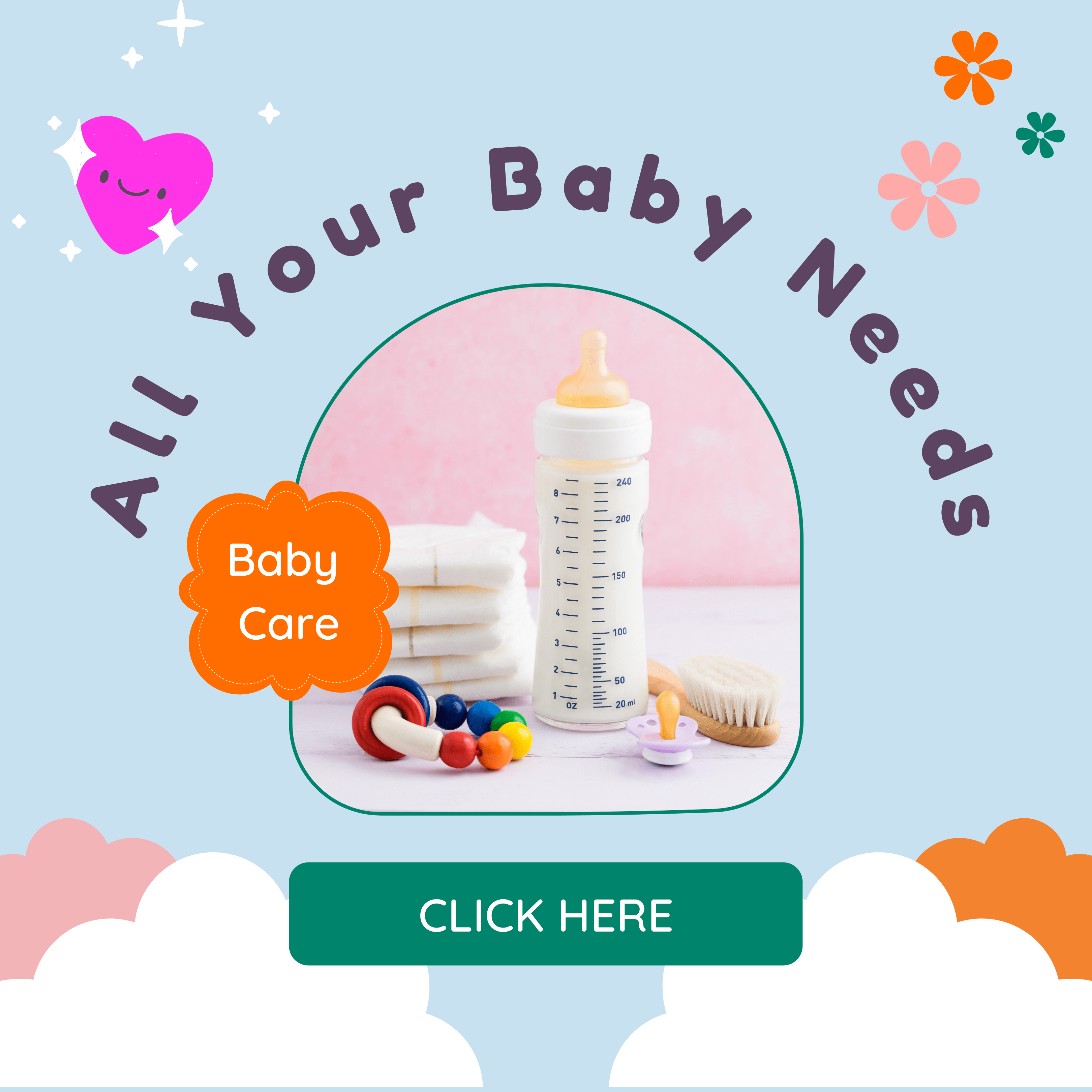Toxic positivity is the act of trying to enforce positivity or happiness, regardless of the situation or emotions being felt. Toxic positivity is the idea that we should always maintain a positive attitude and outlook, no matter what we’re going through. It’s the belief that any negative emotions or experiences should be suppressed or ignored, in favor of positivity.
Toxic positivity is a form of emotional invalidation and can be harmful to both children and adults. Toxic positivity can leave people feeling guilty for experiencing negative emotions, as if it’s their fault for not being happy all the time. While it may seem like a good idea to always try to stay positive, toxic positivity can actually be quite harmful. By denying or suppressing our negative emotions, we’re essentially telling ourselves that those feelings are invalid or wrong. This can lead to a whole host of issues, including anxiety, depression, and a general sense of unease.
How toxic positivity affects a child’s emotional wellbeing?
For children, toxic positivity can be particularly damaging.
- Kids need to learn how to process and regulate their emotions, and constantly being told to “just be positive” can make it difficult for them to do so. It can also make them feel like their emotions aren’t valid or important, which can lead to a lack of confidence and self-esteem.
- Another issue with toxic positivity is that it can be dismissive of other people’s experiences. When we tell someone to “just look on the bright side” or “at least it’s not worse,” we’re essentially invalidating their feelings and experiences. This can make people feel unheard and unsupported, which can be incredibly isolating.
So, what can we do instead? How can we avoid toxic positivity with our children?
Tips to avoid toxic positivity
1. Validate their emotions
The first step to avoiding toxic positivity is to validate your child’s emotions. Let them know that it’s okay to feel sad, angry, or frustrated. Validate their experiences and acknowledge that their feelings are valid. By accepting our emotions and working through them, we can actually become more resilient and better able to handle difficult situations.
2. Encourage expression
Encourage your child to express their emotions in a healthy way. Whether it’s talking about their feelings, writing in a journal, or drawing a picture, find ways to help them express their emotions.
3. Offer support
Let your child know that you are there for them and offer support. Whether it’s a hug, a listening ear, or a comforting word, let your child know that you are there to help them through tough times.
4. Teach how to regulate emotions
As parents, we can help our children learn how to regulate their emotions by acknowledging their feelings and helping them work through them in a healthy way. This might involve helping them identify what’s causing their negative emotions, talking through their feelings with them, or helping them come up with strategies to cope with difficult situations.
5. Teach resilience
Teach your child resilience by helping them develop coping skills. Encourage them to problem-solve and find solutions to their problems. Help them build self-esteem and confidence so that they can bounce back from setbacks.
6. Embrace imperfection
Finally, it’s important to embrace imperfection. Life is not always perfect, and neither are our emotions. Allow your child to experience the ups and downs of life without judgement or criticism. Help them see that it’s okay to make mistakes and that it’s part of the learning process.
Recommended reading: How To Explain Death To A Child
Recommended reading: How To Explain War To A Child: An Age-by-Age Guide
Examples of toxic positivity and what to say instead
here are some examples of statements that reflect toxic positivity, and alternative statements that validate the child’s feelings:
1. Toxic positivity statement: “Don’t be sad, just think happy thoughts!”
Alternative statement: “It’s okay to feel sad. Would you like to talk about what’s making you feel that way?”
Recommended reading: Don’t Restrict Your Son’s Emotions
2. Toxic positivity statement: “Everything happens for a reason!”
Alternative statement: “It’s okay to feel upset about what happened. Let’s talk about how we can move forward from here.”
3. Toxic positivity statement: “You just need to focus on the positive!”
Alternative statement: “It sounds like you’re feeling really overwhelmed right now. Is there anything specific that’s bothering you?”
4. Toxic positivity statement: “Just be grateful for what you have!”
Alternative statement: “It’s okay to want more or to feel like things aren’t fair sometimes. Let’s talk about what we can do to make things better.”
5. Toxic positivity statement: “You should always look on the bright side!”
Alternative statement: “It’s important to try to find the positives, but it’s also okay to acknowledge when things aren’t going well. Would you like to talk about how we can make things better?”
Remember, the goal is to validate your child’s feelings and show them that it’s okay to have a range of emotions. By doing so, you’re helping them develop healthy coping mechanisms for dealing with difficult situations.
Conclusion
As parents, we want to see our children happy and thriving. We want them to be positive and optimistic, but sometimes our efforts can cross the line into toxic positivity. When we tell our children to “just be happy” or “look on the bright side” without acknowledging their feelings, we are invalidating their emotions and dismissing their experiences.
Ultimately, the goal is to teach our children that it’s okay to feel a range of emotions, and that it’s important to process those emotions in a healthy way. By avoiding toxic positivity and embracing the full range of our emotions, we can build resilience, empathy, and a stronger sense of self. By embracing imperfection and offering support, we can help our children navigate the ups and downs of life in a healthy way.




